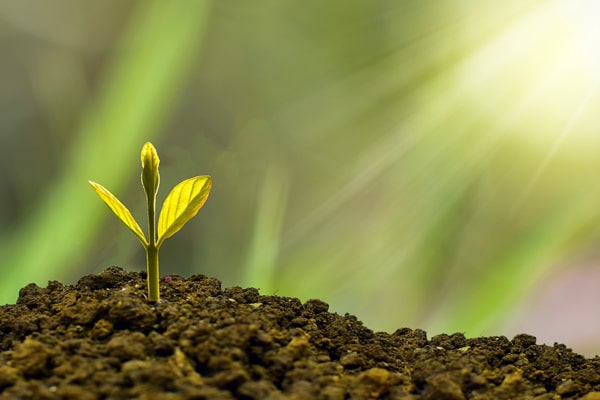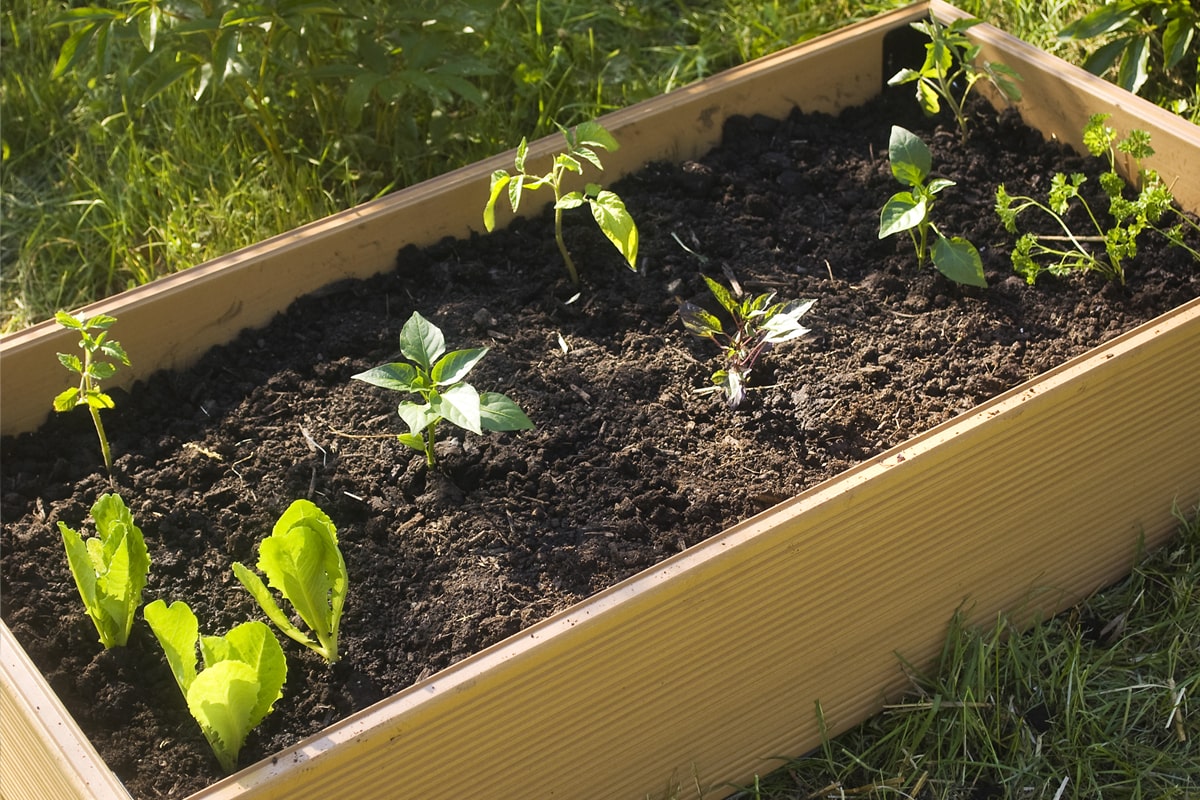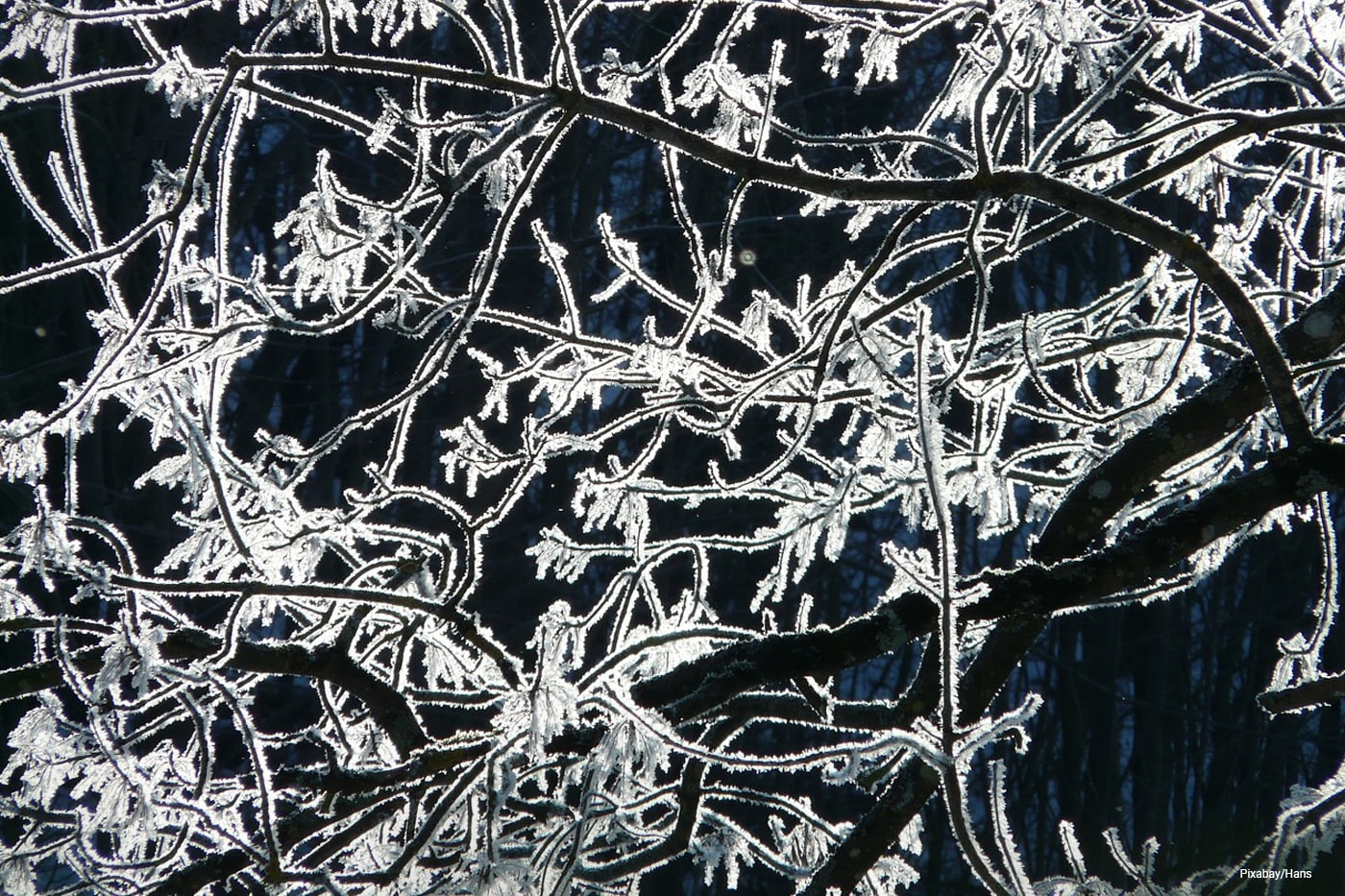It pays to prepare your garden from the bitter cold well in advance. The fact is, freezing weather and frosts could harm and often, kill plants and crops. Seedlings, new transplants, and new plants are particularly vulnerable to the cold weather, especially hard freezes. But as long as you prepared your garden well, the plants within it could survive the winter cold. But before we get into that, let’s talk about hard freezes and frost, two common problems that inflict serious winter injuries among crops and plants:
Contents []
Freeze

A freeze occurs when the temperature drops 32° F or 0° C or below the freezing point of water. When the temperature drops, the water inside a plant freezes too. The freeze could cause plant cells to burst, which leads to irreparable damage. Although different varieties of plants react differently to freezing temperatures, tropical plants, annuals, and hardy perennials are vulnerable to the freezing cold.
Plants, trees, and shrubs that enter a dormant state are likely to survive the winter cold but once new blooms grow during the spring season; they will be affected by late-season freezes. Root hardy perennials that were seriously affected by winter freeze could survive the damage if they are in a dormant state until spring.
Frost
Frost is common on clear, cold nights when the air temperature drops to near freezing but the surface temperature dips below freezing. The shift in temperatures causes the ice crystals in the air to form. Although frost is common when the temperature is freezing, this is not the case all the time. That’s why it’s important to check the weather forecast so you could prepare your garden beforehand.
Different types of frost affect plants differently. Hoarfrost is a type of light, feathery frost that occurs on chilly mornings. This type of frost happens when the water in the air becomes ice crystals. Rime occurs when water freezes rapidly in a cloud or fog. This gives the frost its distinct glazed appearance. Black frost is a non-visible, dry kind of frost that turns plants into blackened vegetation.
How to Protect Your Garden against Frost and Freezes

Plants need 3 things to survive hard frost and freezes: shelter, insulation, and warm air. If you want to keep your plants cozy and warm during the winter season, make sure that the microclimate has warm air and soil. Microclimate refers to an area with a different climate from the surrounding area. Here are ways to reduce the effects of cold weather on plants and crops:
Protect Plants from Frost Pockets
Frost is most common in low lying areas when the soil is more exposed to the elements, particularly dry and strong winter winds. Setting your plants in elevated areas minimizes frost pockets that could otherwise cause irreparable winter damage. It’s also a good idea to check your outdoor space to see which spots are prone to hard freezes.
Build Raised Beds
Raised beds are the perfect solution for low-lying gardens with zero elevation for plants. Raised beds protect the plants from the harsh elements while keeping the soil warm during the winter season. In the summer season, raised beds keep the soil cool.
That said, always keep your watering schedule in mind when growing plants in raised beds because the soil tends to dry out much more quickly. You can enhance the insulating properties of raised beds by adding a layer of mulch near the plant bases. You could make your own raised beds or buy a couple if you are pressed for time.

Insulate with Hot Composting
This technique may be an oldie but it remains as one of the most effective ways of protecting plants from the cold. Use hot compost to warm up the soil so the plants won’t be too cold when exposed to freezing temps. The compost helps insulate the plants while also boosting plant growth. Do this by working the partially finished compost in the center of the raised bed. Do not plant the seeds or transplant young plants directly into the hot compost because this would kill the plants.

Soil Preheating
Soil preheating absorbs and retains heat, keeping the ground warm enough to encourage better germination rates and easy transplanting. To preheat the soil, use dark cover material such as black plastic mulch, landscape fabric, or even Infra-Red Transmitting plastic mulch to trap the heat from the sun. The material works so well in terms of keeping the soil warm throughout the night and beyond the winter season.
What’s more, the plastic material inhibits weed growth so this technique will definitely lighten your yard work. The only thing to keep in mind when preheating your soil is knowing the preferred growing temperatures of the plants. You might end up killing delicate plants if these were exposed to high heat for an extended period.
Stick to the Proper Planting Schedule

There is a significant difference between the ground and air temperature. The air temperature could be above freezing but the ground temperature won’t be as cold. To ensure the health of your plants, be mindful of your region’s planting conditions. It might be tempting to plant ahead but your garden will fare better if the plants were planted at the right time.
Check your region’s plant hardiness zone and microclimate according to the USDA and stick to the right planting schedule. You could also check the average date of the last frost in your local area or search for weather updates online. If you bought seed packets, check the back for planting instructions.
Finally, count back from your average last frost date to determine the right planting schedule. Slow growing herbs and flowering plants could be grown indoors 10 to 12 weeks before the last frost. On the other hand, peppers and tomatoes could be started indoors 4 to 8 weeks before the last frost. If you are starting from seed for fall, you could also do this indoors if the temperature isn’t suitable for germination.
Growing plants during the colder months can be challenging but as long as you prepped your garden well in advance, it is possible to tend to a thriving garden when the temperature drops.



